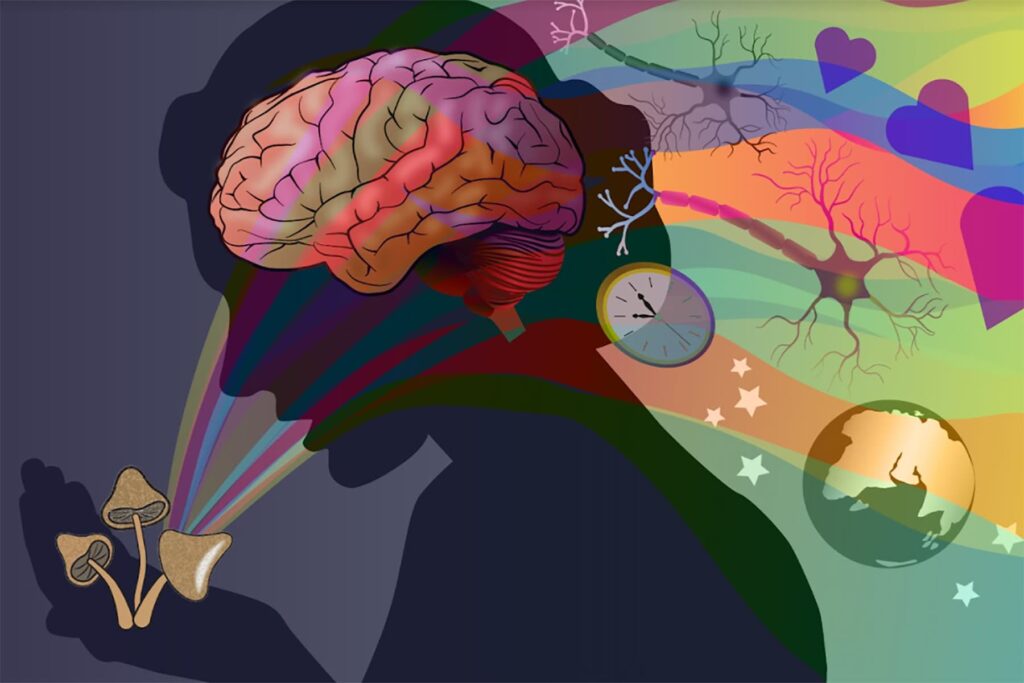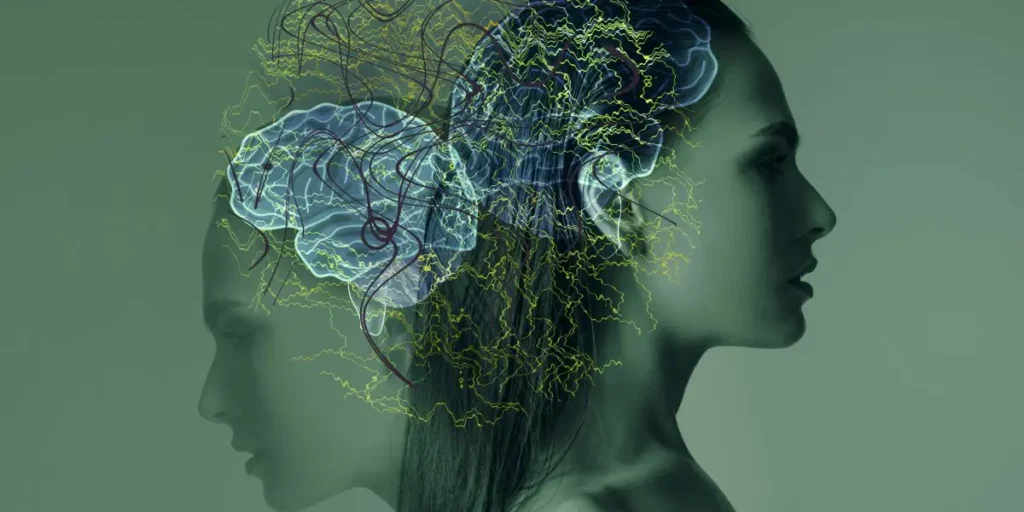
The use of psychedelics for mental health treatment has garnered increasing attention, especially regarding their potential to heal trauma. With the resurgence of research into these substances, many are curious about how psychedelics work, how they can help heal trauma, and how to use them safely and effectively.
This article aims to delve into these questions, providing a professional overview of the intersection between psychedelics and trauma healing.
Understanding Psychedelics
Psychedelics are a class of substances known for their ability to alter perception, mood, and cognitive processes. Some commonly recognized psychedelics include LSD (Lysergic acid diethylamide), psilocybin (found in magic mushrooms), and ayahuasca (a brew containing DMT). The primary mechanism behind their effects is their interaction with serotonin receptors in the brain, namely the 5-HT2A receptor. This interaction leads to an increase in neuronal connectivity and plasticity, which can facilitate profound shifts in perception and self-awareness.
Key Mechanisms Behind Psychedelics
1. Neuroplasticity: Psychedelics promote the growth and formation of new neural connections, which can be beneficial for individuals stuck in trauma-related thought patterns.
2. Ego Dissolution: Many users report experiencing a sense of ego dissolution, where the boundaries of self dissolve. This lead to new perspectives on trauma, enabling individuals to detach emotionally and cognitively from their experiences.
3. Enhanced Emotional Processing: Psychedelics amplify emotional experiences, allowing individuals to confront and process trauma in ways they may not be able to in a sober state.

How Do Psychedelics Help Heal Trauma?
The therapeutic potential of psychedelics in trauma healing is an area of active research. Several mechanisms explain how these substances may facilitate healing:
1. Breaking the Cycle of Negative Thoughts
Psychedelics disrupt entrenched negative thinking patterns that often accompany trauma. By promoting new neuronal pathways, they can help individuals reframe their experiences and reduce the hold these thoughts have.
2. Emotional Release
Psychedelics often invoke strong emotional responses. This emotional release can allow individuals to fully process their trauma, leading to catharsis and, ultimately, healing. Emotional expression is a crucial component of therapeutic practice, and psychedelics can help unlock emotions that may have been suppressed.
3. Increased Vulnerability to Insight
During psychedelic experiences, individuals may encounter insights about their trauma that they have not recognized before. This insight can lead to a deeper understanding of their experiences and their impact on their life, fostering a sense of empowerment and control over their narrative.
4. Improved Therapeutic Alliance
When combined with psychotherapy, psychedelics can enhance the therapeutic alliance between the individual and the therapist. The shared experience can foster trust, making the therapeutic process more effective.
5. Lasting Change
Research indicates that the positive effects of psychedelics can last long after the experience itself, sometimes resulting in sustained improvements in mood and a significant reduction in symptoms of PTSD and depression.

How to Use Psychedelics for Healing Trauma
For those considering the use of psychedelics as a means to heal trauma, it is crucial to approach this method with caution and intention. Here are several guidelines for using psychedelics effectively and safely:
1. Set and Setting
Creating an appropriate environment—often referred to as “set and setting”—is vital for a positive psychedelic experience. This includes the physical space and mental mindset going into the session. The surroundings should be safe, comfortable, and conducive to introspection.
2. Dosing
Start with a lower dose to gauge individual sensitivity. Each person’s response to psychedelics can vary significantly, and it’s important to find the right level for effective healing without overwhelming experiences.
3. Integration Follow-Up
After a psychedelic session, spending time integrating the insights gained is crucial. This may involve therapy sessions, journaling, or discussing experiences with trusted individuals. Integration helps translate psychedelic insights into actionable changes in daily life.
3. Stay Informed
Ongoing education about psychedelics, their risks, benefits, and therapeutic applications can empower individuals to make informed decisions about their mental health treatment.
Conclusion
The exploration of psychedelics in treating trauma is an area rich with potential therapeutic benefits and transformative experiences. Understanding how psychedelics work and their applications in trauma healing is crucial for anyone considering this path. Through proper guidance, preparation, and integration, psychedelics offer a powerful tool for individuals seeking to heal from trauma, enabling them to rewrite their narratives and rediscover a sense of self and hope. As research continues to unfold, the future of psychedelic therapy promises to be an exciting frontier in mental health treatment.





